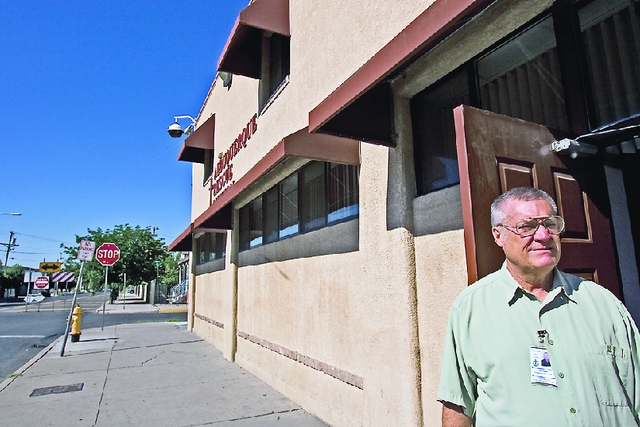Homeless Services Under Pressure To Relocate
Will Albuquerque’s Homeless Population Still Have Access To Necessary Resources?

Latest Article|September 3, 2020|Free
::Making Grown Men Cry Since 1992


